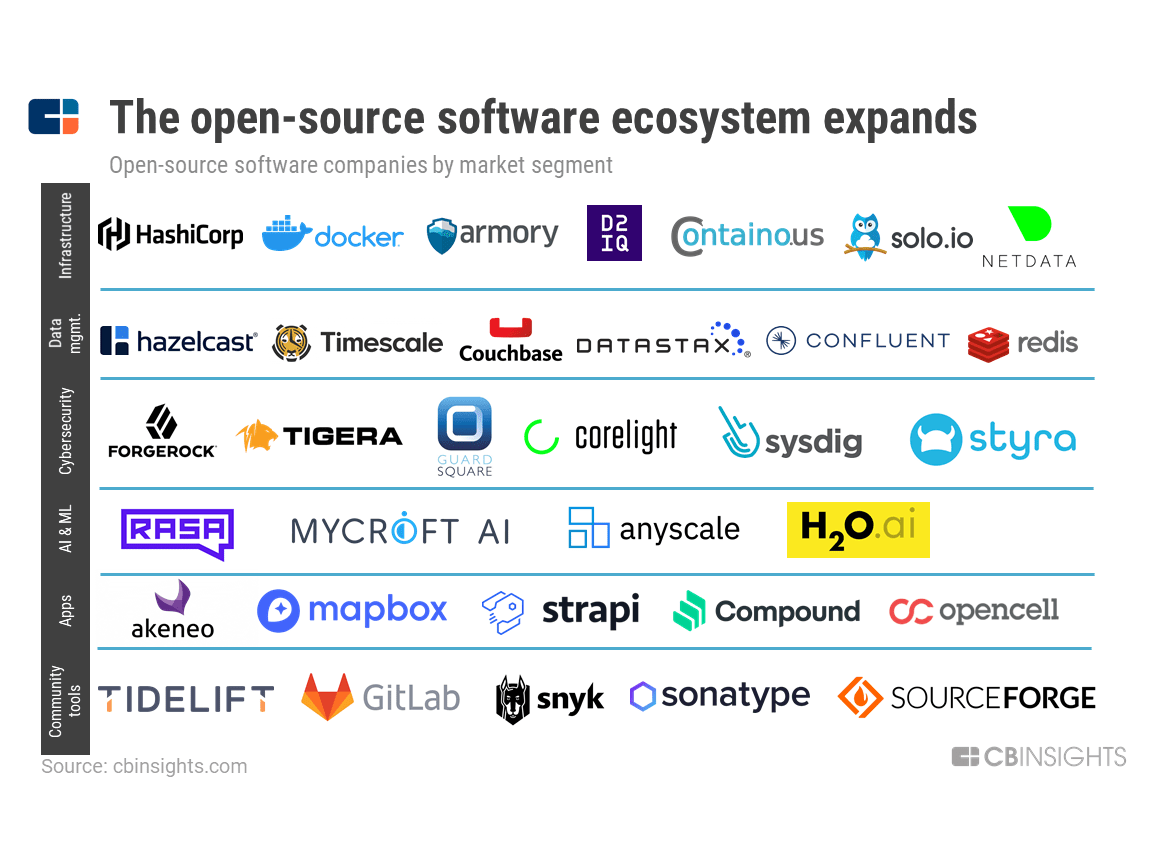
Open Source Software (OSS)
In the ever-evolving landscape of technology, software plays a pivotal role in shaping the digital world. Businesses and organizations, regardless of their size and industry, depend on software to streamline operations, serve customers, and maintain a competitive edge. One significant category of software that has gained widespread attention is open source software. In this article, we'll delve into the world of open source software, understanding what it is, its advantages, and how to make the most of it for your business.
What is Open Source Software?
Open source software (OSS) is a type of software whose source code is made available to the public. Unlike proprietary software, which is developed and owned by a single entity, open source software encourages collaboration and contributions from a community of developers. The code is typically distributed under a license that allows anyone to view, modify, and distribute the software freely. This openness has led to the proliferation of a diverse range of open source projects across various domains, from operating systems and web servers to content management systems and office suites.
Did you know?
In 2015, 78 percent of companies had reported using open source technology.
Source: Black Duck Software
Pros of Open Source Software:
-
Cost Savings: One of the most apparent benefits of open source software is its cost-effectiveness. Since the software is freely available, businesses can save on licensing fees and reduce their software-related expenses.
-
Customization: Open source software provides the flexibility to tailor the software to your specific needs. Businesses can modify the source code to meet their unique requirements, which is often not possible with proprietary software.
-
Community Support: Open source projects often have a vibrant and active community of developers and users who offer support, documentation, and troubleshooting assistance. This can be invaluable for businesses seeking help or guidance.
-
Transparency: With access to the source code, users can inspect and validate the security and privacy aspects of the software. This transparency is essential for organizations that prioritize data security and compliance.
-
Longevity: Open source software is not tied to a single vendor. This means that even if the original developers discontinue the project, the community can continue to maintain and update the software, ensuring its longevity.
Cons of Open Source Software:
While open source software offers numerous advantages, it's not without its challenges:
-
Complexity: Some open source projects may have a steeper learning curve, and businesses may need to invest time and resources in understanding and customizing the software.
-
Support: While community support is valuable, it may not be as robust or responsive as the support offered by commercial software vendors.
-
Integration: Integrating open source software into an existing tech stack can sometimes be complex, requiring compatibility assessments and potential customization.

Linux is one of the most widely used open source operating systems.
Source: TechTarget
How to Leverage Open Source Software for Your Business:
1. Identify Needs: Determine which aspects of your business operations can benefit from open source software. This could range from using a content management system (CMS) like WordPress to managing IT infrastructure with solutions like Kubernetes.
2. Evaluate Options: Research and assess the available open source solutions for your needs. Consider factors like community support, documentation, and the frequency of updates.
3. Implementation: Plan and execute the integration of open source software into your existing systems. This may involve configuration, customization, or development work, which can be handled in-house or by a tech MSP.
Maintenance: Regularly update and maintain your open source software to ensure security and performance. Consider leveraging the expertise of a tech MSP to manage this process effectively.
Walmart has a tech division that actively contributes to open source projects.
Source: Wired.com
Here are 8 situations where using closed source software may be advantageous:
1. Vendor Support and Accountability: If you prefer a single vendor to provide support, updates, and accountability for the software, closed source software can be a better choice. With open source software, responsibility is shared among the community, which might not be as reliable or responsive.
2. Security and Compliance: Some industries, such as healthcare and finance, have stringent security and compliance requirements. Closed source software often comes with certifications and dedicated security teams, which can simplify compliance efforts.
3. Integration with Proprietary Software: If your business heavily relies on proprietary software that doesn't have open source alternatives, using closed source software may be necessary for seamless integration.
4. Ease of Use: Closed source software is often designed with a more user-friendly interface and comes with dedicated customer support, making it a better choice if you have non-technical staff who need to use the software.
5. Specialized Features: Closed source software may offer specific features or functionalities that are not available in open source alternatives. If these features are critical to your business, closed source might be the way to go.
6. Intellectual Property Protection: Closed source software generally offers better protection for your intellectual property because the source code is not publicly accessible. This can be crucial if your software is a core part of your business strategy.
7. Faster Time-to-Market: Closed source solutions often require less customization and development, leading to faster deployment and time-to-market for your business solutions.
8. Predictable Costs: Closed source software typically has straightforward licensing and pricing models, making it easier to predict costs over time. Open source software costs can vary based on factors like support and customization.
Ultimately, the choice between closed source and open source software should be based on a careful assessment of your business's specific needs, budget constraints, and long-term goals. In many cases, businesses use a combination of both, selecting the best tools for each specific use case.
